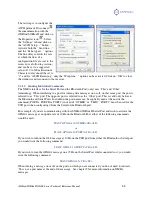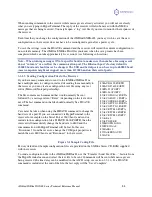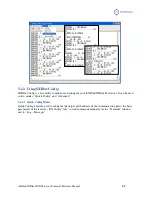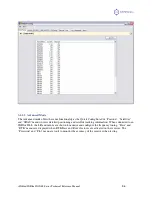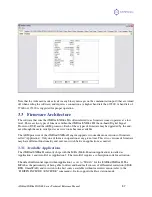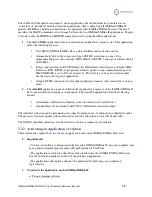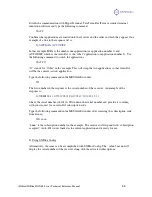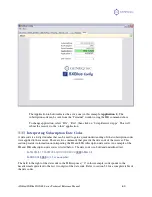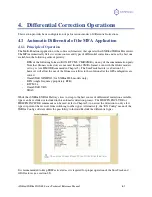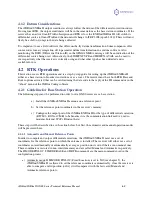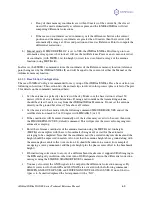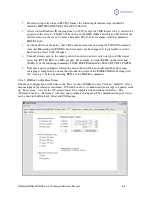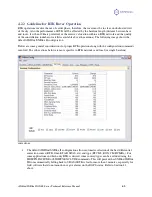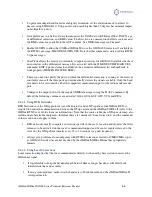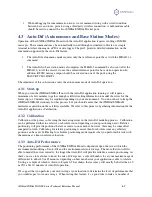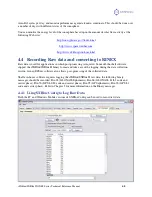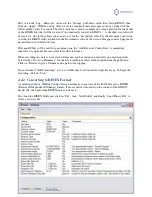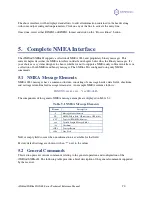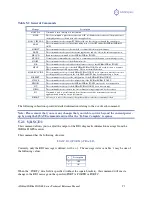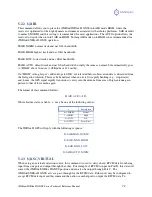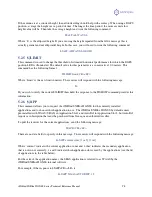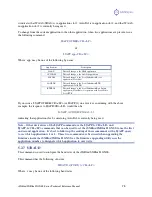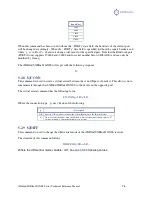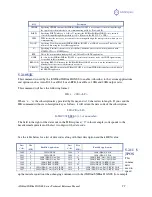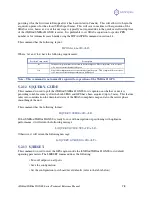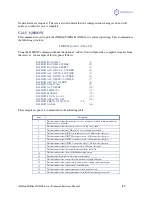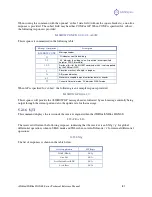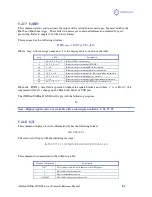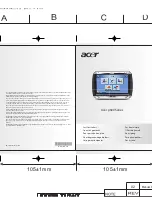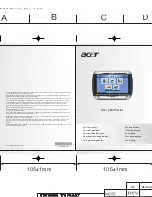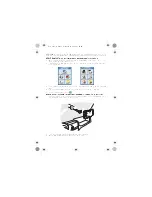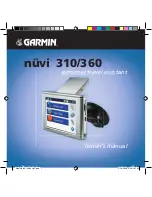
iSXblue/SXBlue II GNSS Series Technical Reference Manual
67
•
When debugging for communication issues, we recommend testing with a wired condition
between base and rover, prior to using a third party wireless connection. A null-modem cable
should be used to connect the two iSXBlue/SXBlue II serial ports.
4.3
Auto-Dif (Autonomous and Base Station Modes)
Operation of the iSXBlue/SXBlue II unit with the Auto-Dif application requires sending of NMEA
messages. These commands may be automatically issued through customized software or a simple
terminal interface running on a PDA or data logger. Chapter 5 provides detailed information on the
commands supported by the Auto-Dif feature.
•
The Auto-Dif autonomous mode requires only that a reference point be set with the $JRAD,1,x
command.
•
The Auto-Dif in base station mode also requires the $JRAD,2 command be also sent (after the
$JRAD,1) to tell the receiver to use the entered reference point for base station operation. In
addition, RTCM message output should be activated on one of the ports using the
$JASC,RTCM,1,PORTx
The remainder of this sub-section covers the autonomous mode of Auto-Dif operation.
4.3.1
Start-up
When you turn the iSXBlue/SXBlue II on with the Auto-Dif application running, it will require a
minimum of a few minutes to gather enough satellite tracking information to model the errors for the
future (up to 10 minutes may be required depending on your environment). You do not have to keep the
iSXBlue/SXBlue II stationary for this process, but you should ensure that the iSXBlue/SXBlue II
maintains acquisition on the satellites available. We refer to this process of gathering information for the
Auto-Dif application as Calibration.
4.3.2
Calibration
Calibration is the process of zeroing the increasing errors in the Auto-Dif modeling process. Calibration
can be performed either in a relative or absolute sense, depending on your positioning needs. Relative
positioning will provide positions that are accurate to one another, however, there may be some offset
compared to truth. Calibrating for relative positioning is easier than for absolute since any arbitrary
position can be used. Calibrating for absolute positioning mode requires that you perform this task with
the antenna at a known reference location.
4.3.3
Auto-Dif Performance
The positioning performance of the iSXBlue/SXBlue II unit is dependent upon the rate at which the
environmental modeling of Auto-Dif and the environmental errors diverge. The more that Auto-Dif is
able to model the errors correctly, the longer that Auto-Dif will provide reliable, accurate positioning. As
there’s no way in real-time to know the rate of divergence, a rule of thumb is to set your maximum age of
differential to either 40 or 45 minutes, depending on how much error your application is able to tolerate.
Testing, a sample of which is shown in Figure 2-2 has shown that accuracy will usually be better than 1.0
m 95% after 30 minutes of Auto-Dif operation.
We suggest that you perform your own testing at your location to determine the level of performance that
you would expect to see on average. When testing this feature, it’s a good idea to look at a number of

